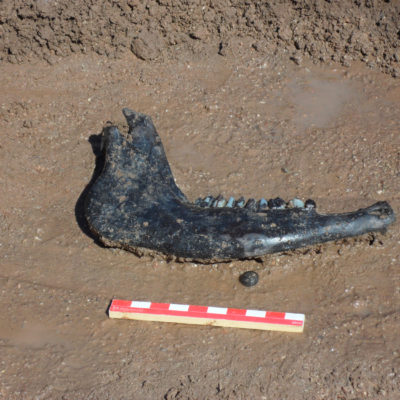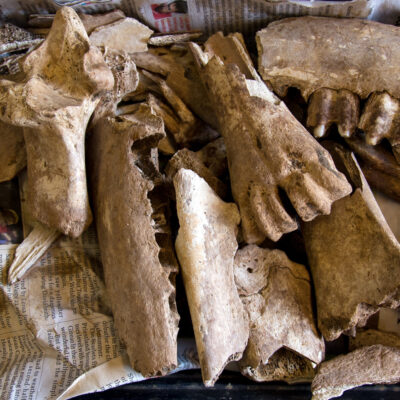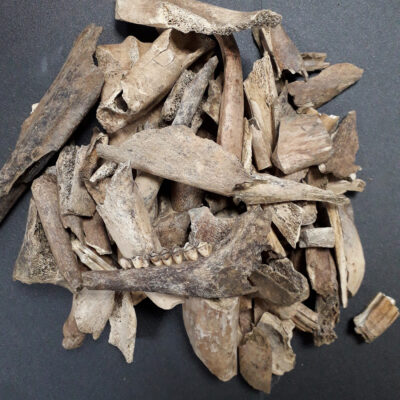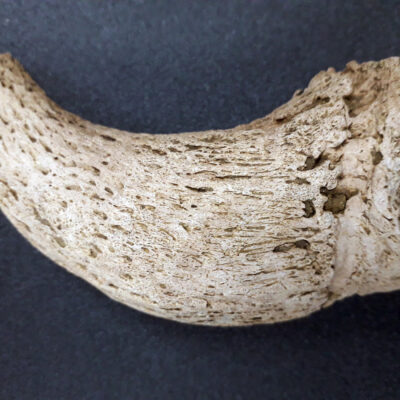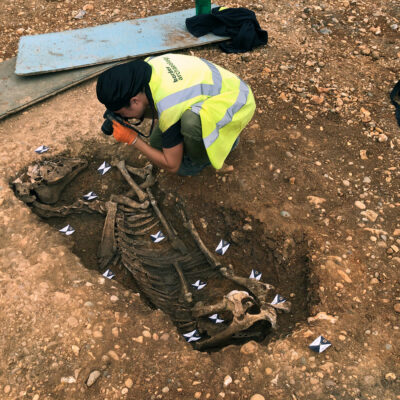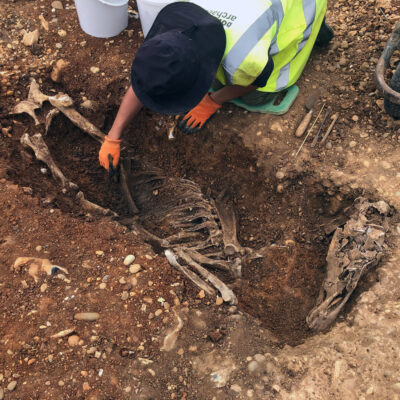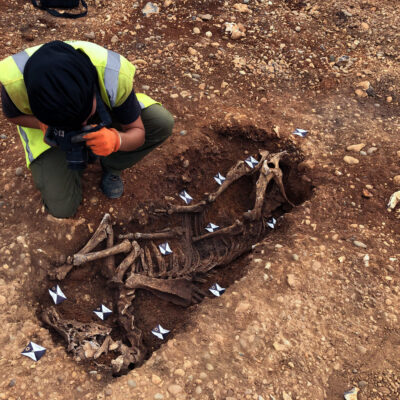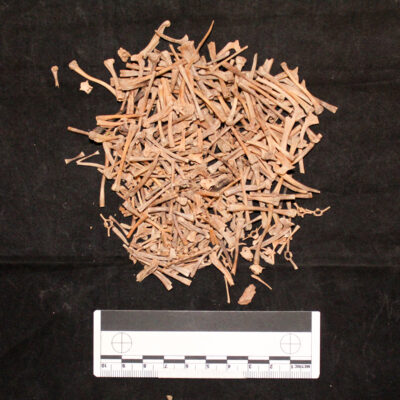Archaeozoology
People have co-existed with and exploited animals throughout the span of human history and prehistory and it is the role of archaeozoology (or zooarchaeology) to understand these patterns of interaction over time using remains recovered from archaeological sites.
Animal remains are preserved most commonly as bone and shell but fish scales, hair and hide may also be found if ground conditions are favourable and DNA could also be present.
These are the kinds of materials we regularly recover in our fieldwork and are often found in domestic waste and their scientific study, known as faunal analysis, can provide valuable insights to assist our understanding of the relationship between people and animals in the past.
Analysis results have the potential to reveal what people ate, how they prepared animal carcasses for consumption and how they made use of by-products such as hide, horn and bone to make tools, clothing and shelters and to fashion a range of decorative and ritual items.
What Happens Next?
The remains are assessed to provide an indication of their research potential and may be subject to more detailed analysis if found to be of significant value in determining the nature of human/animal interactions at a site.

